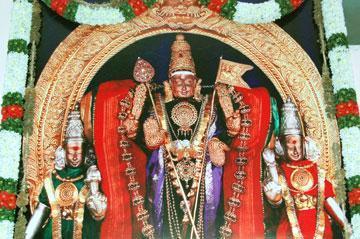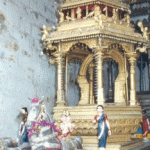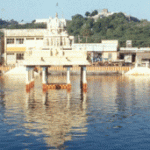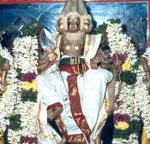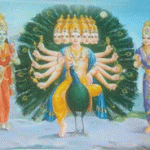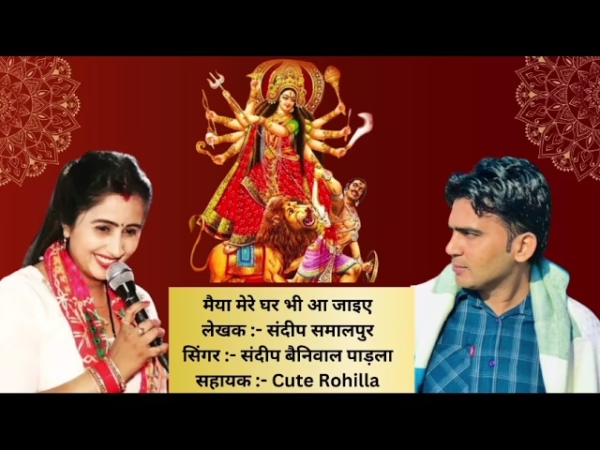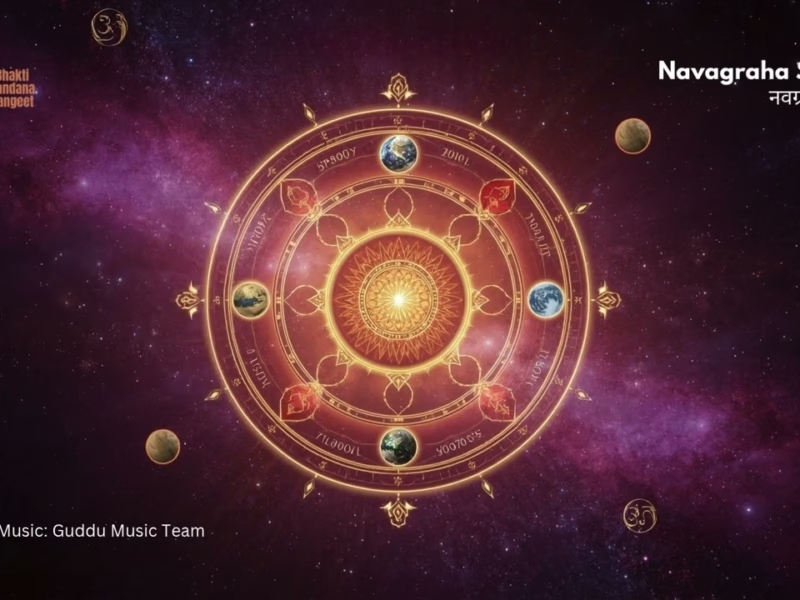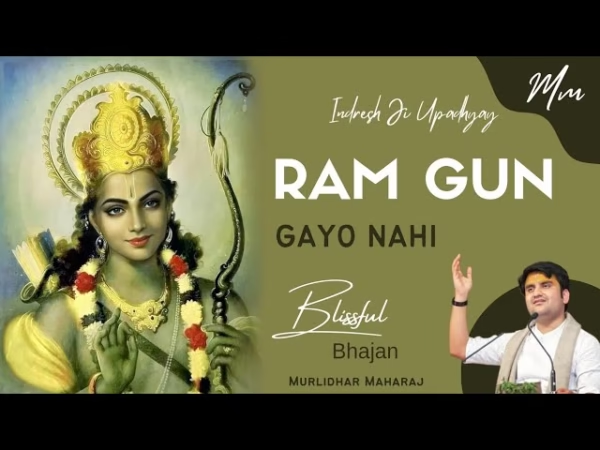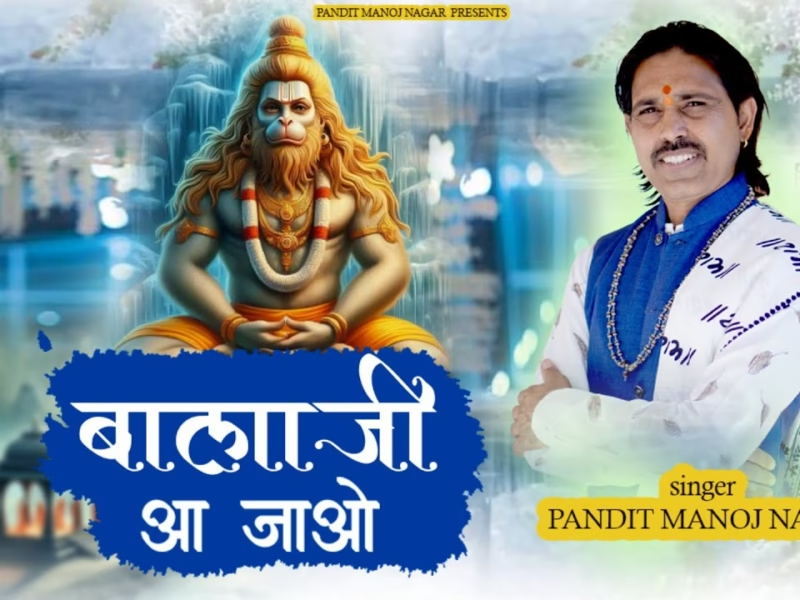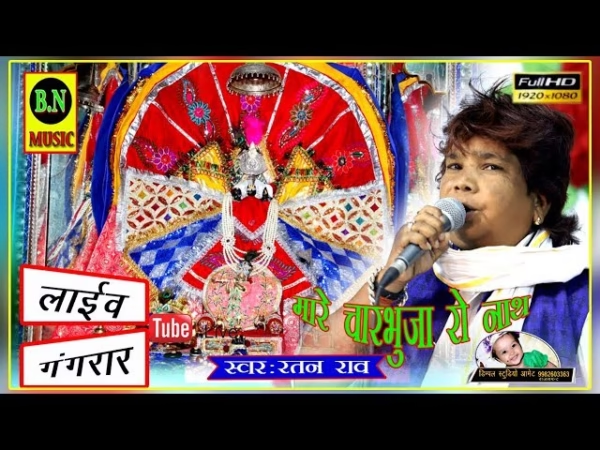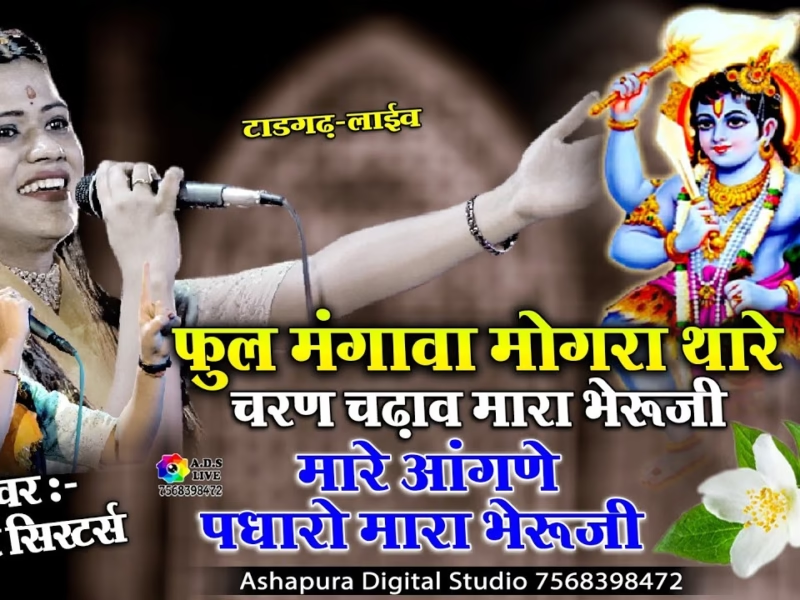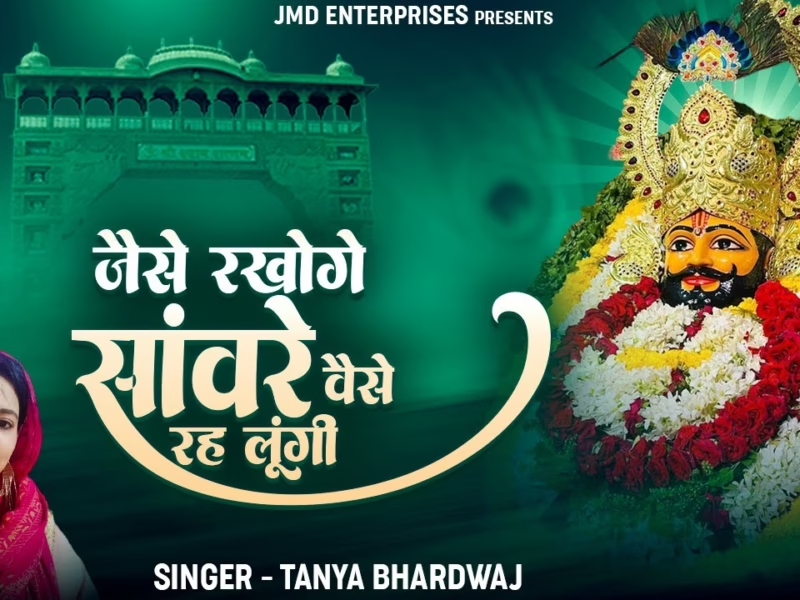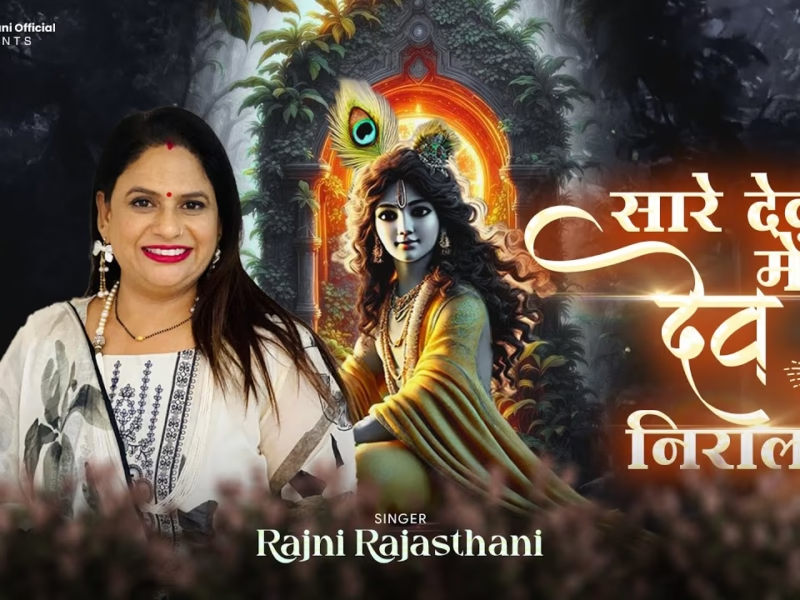Contents
Arupadai Veedu – Thiruthani, palani
| Date built: | – |
|---|---|
| Deity: | murgana |
| Architectural style: | Dravidian architecture |
| Major festivals | Aadi Krittikai festival (in July-August), December 31st Step Festival |
| Locale: | palani |
| District:: | Dindugul |
| Address: | Thiruthani Hill, Thiruthani, Tamil Nadu 631209 |
| Phone | 044 2788 5243 |
The beautiful temple of Lord Muruga at Tiruttani crowns a single rock 700 feet above sea level. It is situated amidst a range of hills with a dramatic panoramic view. This sacred place is on the Madras-Bombay route, 13 kilomters from Arkonam and 84 kilometers from Madras.
Around this town are famous religious places such as Kancheepuram (Banares of the South) on the South, Sholingar and Vallimalai on the West, the popular and renowned pilgrimage centre, Tirupati (otherwise called Balaji) and Kalahasti (with its Vayu Lingam) on the North and Tiruvalangadu (of puranic fame) with Lord Nataraja on the East.
Greatness of Tirutanikai
Puranic Importance Of Lord Murugan’s six Padaiveedus, Tirutanikai ranks prominent as the crown jewel of our Lord. As its very name indicates, when we propitiate our Lord in this holy shrine, He blesses us with mental peace and bodily happiness. His righteous indignation towards the asuras for their cruelty is said to have been quelled and cooled at this place which is, therefore, known as Shantipuri (Abode of Peace). As the prayers and desires of the devotees who worship our Lord Tanikesan on this hill with unserving faith and intense devotion are fulfilled in no time, this hill is also called Chanikasalam.
When our Lord came to this hill after wedding Goddess Valli at Vallimalai, She implored Him to enlighten Her on the importance and greatness of this hill. In reply, our Lord said that if one worshipped Him with heart and soul for five consecutive days in this hill temple, that person would be blessed with all that is best in this life and hereafter.
In Treta Yuga, Lord Rama, after putting an end to Ravana, worshipped Lord Siva at Rameswaram, at whose request Rama came to Tiruttani and found perfect peace of mind by worshipping our Lord Subrahmanya here. In Dwapara Yuga, Arjuna got the blessings of our Lord here by offering prayers to Him on his way to the South for Teertha Yatra (pilgrimage to take sacred immersion). Lord Vishnu prayed to our Lord at this place and got back His powerful Cakra (sacred wheel), Shanku (sacred conch), which were forcibly seized from Him by Tarakasura, brother of Soorapadma.
Lord Brahma propitiated our Lord here at the holy spring (by the sides of the steps to the shrine) known as Brahmasonai after his imprisonment by our Lord for his failure to explain the Pranava (‘Om’ mantra) and got back his creative function of which he was deprived by our Lord due to his egotistic impudence in neglecting to worship Lord Subrahmanya on his way to Mount Kailasa to worship Lord Siva.
Lord Indra planted and reared in the pool known as Indrasonai adjoining this hill temple the rare plant known as Karunkuvalai, which gave three flowers a day and worshipped our Lord thrice daily with these flowers and , thus, got back the precious wealth of Deva Loka such as Sanghaneeti, Padmaneeti, Chintamani, etc seized by the asura titan.
Nanda Devi worshipped our Lord here on the bank of the Nandi River and got His peerless initiation to realize the unique relationship between the soul (jeevatma) and God (Paramatma), which is the quintessence of Saiva Siddhanta philosophy, the choicest product of the Dravidian intellect according the pioneering dravidologist Dr. G.V. Pope.
On worshipping our Lord at Thanikai, the king of snakes Vasuki got his bodily wounds healed, which had been caused during the churning process in the Milky Ocean to secure the Amrita (nectar of immortality) by the devas and asuras when the Mantotra Mountain was used as the churning base and the snake king Vasuki as the rope. Sage Agasthyar Muni (of Potikai Hill) worshipped our Lord at Tanikai when he was blessed with the rare divine gift of the ever-sweet peerless Tamil language, the beauty of which has been extolled by all the great saints and poets of Tamil Nadu.
Apart from the puranic greatness of Tirutanikai, Saint Arunagirinathar, the illustrious devotee of Lord Muruga who lived 600 years ago, praised this hill as the chosen place for worship by devas and the favorite abode of saints performing prolonged tapas (austerities). He also compared this hill to Sivaloka (Bhuloka) and as the very soul of the world. Saint Ramalinga Swamigal (Arutprakasa Vallalar), who lived 150 years ago, was invited to come here by our Lord of Tanikai (seated on this hill) Who appeared before our saint in the mirror of his puja room at Madras after which the sour-stirring arutpa songs flowed from his lips in chaste Tamil like a torrential stream.
Sri Muttuswami Deekshitar, who lived 200 years ago (one of the trinity of Karnatic music) had his inspiration in Tiruttani when our Lord (in the guise of an old man) met him on the steps and sweetened his tongue with the prasadam of this temple, which impelled him to sing his first song — of course — on Lord Murugan of Tanikai. Many a miraculous event takes place at this shrine from time to time by the grace of our Lord. Oh, how grand and glorious is our Lord Tanigesan on this sacred hill of ancient fame and name!
Specialities of Tiruttani
The sacred tanks of the shrines of our Lord are all known as Saravanapoikai (‘sacred pond of the reedy marsh’ where Lord Karttikeya was born). The tank at Tiruttani, which (unlike in other places) is at the very foot of the hill, is particularly renowned for its sacred water (teertham) having curative effect for ailments both bodily and mental, as it is rich in minerals such as sulfur, iron, etc. A bath in this holy tank refreshes the devotee and makes him hale and healthy to propitiate our Lord with faith and devotion.
At the lovely garden on the south side of this sacred hill amidst a thick cluster of shady trees and seven cool sprints, the Seven Rishis (who today form the Great Bear stellar constellation) are said to have worshipped Lord Muruga and the Sapta Kannikas (Seven Virgins) enshrined at this place in a tiny temple.
On the outskirts of the Tiruttani town, on both sides of the Nandi River, are the ancient temples of Lord Vijayaragama Swami, Arumuga Swami and Veerateeswarar, the latter two of which are more than a thousand years old. In the temple of Arumuga Swami, there is soorya puja every year for three days in March when the rising sun is said to worship our Lord by casting its rays upon the holy Feet of the deity on the first day, Breast on the second day and Head on the third day through a hold in the wall, which reveals the marvellous intellect of the architects of ancient days.
Besides the monthly Krittikais which attract a large number of devotees to this shrine, the two outstanding annual festivals are the Aadi Krittikai and the 31st of December New Year Step Festival.
Aadi Krittikai
Aadi Krittikai festival (in July-August) lasts for three days with Float Festival when lakhs and lakhs of devotees come to this holy place from far and near. The streets are thronged to the full. About one lakh and fifty thousand flower kavadis (which increase with each year) are offered to the deity. The sight of the devotees who carry them, uttering the sacred and inspiring “Haro Hara!” (Hallelujah) as they march and dance in long rows touches the very core of our hearts and makes us spellbound. One should see it to believe it.
December 31st Step Festival
When the old (Gregorian) year is rung out and the New Year sets in (ie at the stroke of midnight on December 31st each year), lakhs of devotees are present on the sacred Tanikai hill to have the darshan of their Lord. They come to Tiruttani to offer their heart-felt prayers to our Lord on that day and night to be blessed with peace and plenty during the New Year.
This festival came into vogue during the British Raj when the famous Vallimalai Swamigal persuaded his followers to offer their homage first to Lord Tanigesan, the giver of all good, and only then to their official bosses. On this day, numerous bhajana parties gather and ascend the hill, singing the melodious Tiruppugazh songs and burning camphor on each of the hill’s 365 steps, one for each day of the New Year.
The entire atmosphere is filled with the music of these devotional songs, which is a feast to the eyes and ears. The sight of the Vel Kavadi taken to the shrine by some devotees on this day with the thin, sharp ends pricked and pierced all over the body above the hip (in spite of which they carry it with ease and grace) inspires and elevates our thoughts to adore our Lord for His mighty, marvellous and miraculous powers.
Devasthanam Amenities
The following amenities have been provided by Tiruttani Devasthanam for the benefit and convenience of the public:
Ghat Road for easy and speedy access to the temple with Devasthanam buses and vans plying the route;
Self-contained, well-furnished Devasthanam cottages and rooms within easy reach of the temple;
Kalyana Mandapams for performance of marriages;
Kalyana Utsavam (wedding ceremony) may be performed for a nominal fee;
A Golden Car (Thanga Ther) 18 feet in height guilded with nine kilos of gold and crafted with exquisite craftmanship may be taken out and pulled in procession around the temple upon payment;
Pure cow’s milk (for abhishekam) and other puja articles are sold at the Fair Price Shop;
Publications, calendars, rosaries and souvenir momentos are availble for sale;
Palliyarai Puja (to obtain His Grace in divine slumber) may be performed. On payment of a lump sum, the puja will be performed in perpetuity for one day each year from the accrued interest.
Orphanage and Karunai Illam for poor, parentless boys who are given free meals, lodging, clothing, public education and other facilities;
Sri Subramanya Swami Government Arts College at Tiruttani supported by Devasthanam donations;
Siddha Vaidya Dispensary; and
Dr. S. Radhakrishnan Library on the site of his birth in Tiruttani town.
Muruga bhaktars who wish to stay in a traditional chattiram (pilgrim’s rest) may stay at Nattukotta Chetty Chattiram (just above the Tiru Kulam). Accommodations are basic however; bring your own bedding. Ask for Mr. Muniyappa — and consider making a modest donation when you leave. Nattukotta Chetty Chattiram is closely associated with Valli Malai Tiruppukazh Asramam and the Vallimalai Satchidananda Swamigal Tiruppukazh Sabha.
Architecture
The temple is located on a hill named Thanigai hill reached with 60 steps. The temple has a five-tiered gopuram and four precincts. There are several water bodies associated with the temple. The temple has two shrines, namely, Murugan in the form of Shaktidharar and the shrines of Valli and Deivayanai in two other shrines.
Legend / Local stories
Legend also has it that Indra the king of the Gods gave his daughter Deivayanai in marriage to Skanda, and along with her presented his elephant Airavatam as part of his dowry offering. Upon Airavatam’s departure Indra found his wealth waning. Subramanyar is said to have offered to return the white elephant, however Indra bound by protocol refused to accept a gift that he had made, and insisted that the elephant face his direction, hence the image of the elephant in this temple also faces the east.
Another legend has it that Indra presented a sandal stone as a part of his daughter’s dowry. The sandal paste made on this stone is applied to the image of Subramanya and the applied paste is said to acquire medicinal value. Legend also has it that Skanda bore the discus thrown by the demon Tarakasuran on his chest, and hence there is a hollow in the chest region of the image of Subramanya in this temple. Legend also has it that Skanda gifted the discus to Vishnu. Skanda is also believed to have imparted knowledge of Tamil to the sage Agasthyar and he is regarded as Veeramurthy, Gnanamurthy and Acharyamurthy in this shrine.
Lord Rama, after putting an end to Ravana, worshipped Lord Siva at Rameswaram and then came to Tiruttani to find perfect peace of mind by worshipping Lord Subrahmanya here. In Dwapara Yuga, Arjunagot the blessings by offering prayers to Him on his way to the South for Teertha Yatra (pilgrimage to take sacred immersion). Vishnu prayed to the Lord and got back his powerful Chakra (sacred wheel), Shanku (sacred conch), which were forcibly seized from him by Tarakasura, brother of Soorapadma. Lord Brahma propitiated the Lord here at the holy spring known as Brahmasonai after his imprisonment by our Lord for his failure to explain the Pranava (‘Om’ mantra) and got back his creative function of which he was deprived by our Lord due to his egotistic impudence in neglecting to worship Subrahmanya on his way to Mount Kailasa to worship Siva. The final steps to the eastern entrance.
On worshipping at Thanikai, the king of snakes Vasuki got his bodily wounds healed, which had been caused during the churning process in the Milky Ocean to secure the Amrita (nectar of immortality) by the devas and asuras when the Mantotra Mountain was used as the churning base and the snake king Vasuki as the rope. Sage Agasthyar Muni (of Potikai Hill) worshipped Muruga at Tanikai when he was blessed with the divine gift of the Tamil language.
Photo Gallery
How to Reach:
Palani is approximately 100 kilometers from the Coimbatore. Mode of transport from the Coimbatore to the Palani includes taxi, bus and train.
By plane
The nearest air port is in Coimbatore. Coimbatore has has regular flights from Ahmedabad, Bangalore, Calicut, Chennai, Cochin, Hyderabad, Mumbai, New Delhi and Sharjah. Air India, Kingfisher,Indigo,Spicejet and Jet Airways operate flights out of Coimbatore Airport.
By Train
There is a rail line through Palani station, stretching Madurai to Coimbatore via Pollachi. Now Tiruchendur to palani via madurai, Chennai central – Palani Express, operating on this line.
By bus
The state transport corporation and a lot of private bus operators ply bus from Palani to major cities in Tamil Nadu (Chennai, Coimbatore, Madurai, Trichy, Tuticorin etc) and also to the neighboring Kerala(Palakkadu, Kochin).
Contact Details
Thiruthani Hill, Thiruthani, Tamil Nadu 631209

